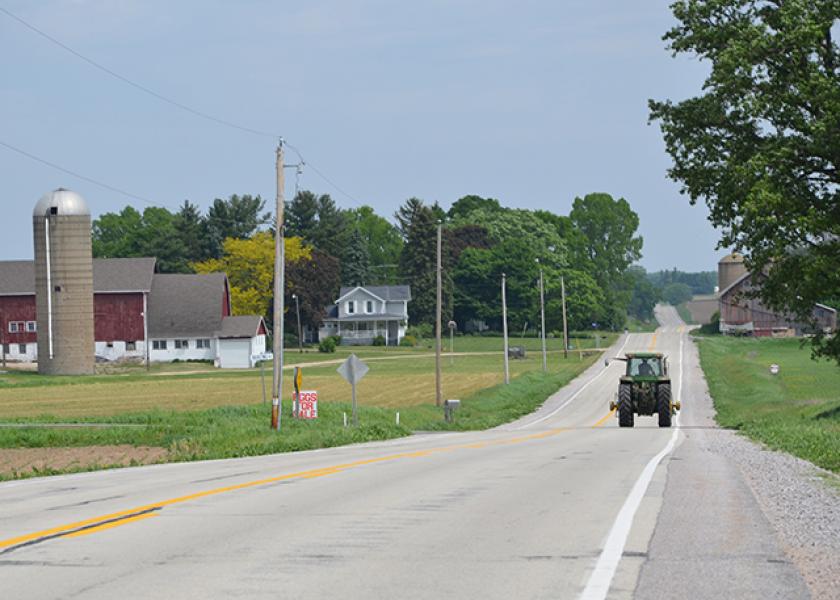OSHA’s “Dairy Dozen”

Farming is among the most dangerous occupations in the United States, and dairy farming presents even more hazards than crop farming due to animals, feed and on-farm chemicals that are handled daily.
The federal Occupational Safety and Health Administration (OSHA) has focused specifically on dairy farms over the past several years in New York and Wisconsin. This effort put OSHA in direct contact with dairy farmers to discuss safety hazards on dairies and explore improvements to prevent worker injury and death.
As a result, OSHA has identified the top 12 safety concerns on dairies, which they have coined the “dairy dozen.” They include:
- Manure storage and collection facilities.
- Dairy bull and cow movement and worker position.
- Electrical systems.
- Skid steer loader operation.
- Tractor operation.
- Power take-offs.
- Other power transmission and functional components.
- Hazardous energy while servicing and maintaining equipment.
- On-farm chemicals.
- Confined spaces.
- Horizontal bunker silos.
- Noise.
Hazardous chemicals (#9) are particularly abundant on dairy farms. These include teat dips; sanitizing acids and detergents; foot bath treatments; degreasers, oil-based paint, diesel fuel, and gasoline. Nearly one third of employees interviewed during recent OSHA inspections of more than 100 dairy farms nationwide said they were not informed about the hazards of the chemicals they used.
Employers are required to train each employee regarding the proper use, storage, protective equipment, and mitigation measures for individual chemicals. Each hazardous chemical should have a safety data sheet (SDS) on file on the farm, as well as a written Hazard Communication plan. Included in this plan should be clear instructions on what to do in case of a chemical spill or direct contact with the chemical.
The other, most common violations OSHA recently has cited on dairies are failure to guard rotating shafts, power take-offs, and chain sprockets.
OSHA does not have the authority to inspect all dairies, but generally facilities with 10 or more non-family employees may be subject to inspection. Many trade associations and state agencies offer assistance to help farmers develop farm safety and health programs. These services may include mock OSHA walk-throughs and written templates that can be customized to write farm safety plans. More information on locating these services can be found here.
The National Dairy FARM Program also provides numerous safety resources, including a safety training resource page and online safety reference manual. Resources specific to silage safety have been developed by the Keith Bolsen Silage Safety Foundation.
Cargill, Inc. also provides an interactive, online Actionable Safety Review that queries dairy managers about specific safety hazard areas on their farms, and provides guidance for addressing them and developing comprehensive dairy farm safety plans.







